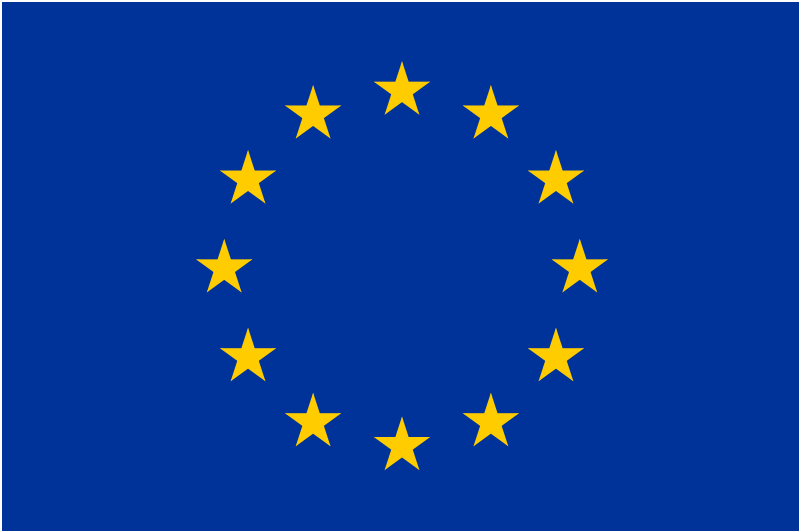Links
Through the involvement of ImagineS teams in various initiatives, ImagineS has etablished links with:
-
- EU operational initiatives:
-
Copernicus is the European Programme for the establishment of a European capacity for Earth Observation.
- The
Copernicus Land Monitoring Service provides geographical information on land cover/land use and on variables related to vegetation state and the water cycle. It supports applications in a variety of domains, such as spatial planning, forest management, water management and agriculture.
- The Copernicus Global Land Service is coordinated by the European Commission DG Joint Research Centre (JRC). It produces a wide range of biophysical variables at a global scale to describe the state and evolution of vegetation (e.g. leaf area index), the energy budget (e.g. albedo) and the water cycle (e.g. soil moisture index).
- The Copernicus Pan-European Land Service is coordinated by the European Environment Agency and is producing 5 high resolution data sets describing the main land cover characteristics: artificial surfaces (e.g. roads and paved areas), forest areas, agricultural areas (grasslands), wetlands, and small water bodies. The pan-European component is also updating the Corine Land Cover dataset to the reference year 2012.
- The Copernicus Climate Change Service responds to environmental and societal challenges associated with human-induced climate changes.
- The Copernicus Atmosphere Monitoring Service provides data records on atmospheric composition for recent years, data for monitoring present conditions and forecasts of the distribution of key constituents for a few days ahead.
- The
Copernicus Land Monitoring Service provides geographical information on land cover/land use and on variables related to vegetation state and the water cycle. It supports applications in a variety of domains, such as spatial planning, forest management, water management and agriculture.
- The MARS (Monitoring Agricultural Resources) project provides timely information on the agricultural production to be expected in the current season to the European Commission for the implementation of the Common Agricultural Policy.
- The MESA program (Monitoring of Environment and Security in Africa) (2013-2018), built on the heritage of the AMESD program, uses Earth Observation data and information products for environment and sustainable development, specifically designed for African users at continental, regional and national levels.
-
Copernicus is the European Programme for the establishment of a European capacity for Earth Observation.
- Eumetsat activities:
- LSA-SAF (Land Surface Analysis SAF) increases the benefits from MSG and EPS data related to land, land-atmosphere interactions and biophysical applications.
- H-SAF (SAF on Support to Operational Hydrology and Water Management) provides new satellite-derived products with sufficient time and space resolution to satisfy the needs of operational hydrology.
- ESA activities:
- Climate Change Initiative (CCI) aims to provide stable, long-term, satellite-based ECV data products for climate modellers and researchers.
- GMFS (Global Monitoring for Food Security) provides Earth Observation based services and encourages partnerships in monitoring food security and related environmental processes in Africa.
- GlobAlbedo responds to the users' requirements for a long time series of global land surface albedo for climate modelling and research.
- FP7 projects:
- ERMES (An Earth obseRvation Model based RicE information Service) (2014 - 2016) aims to develop a prototype of downstream service dedicated to rice sector based on assimilation of EO and in situ data within crop yield modelling.
- CORE-CLIMAX (COordinating Earth observation data validation for RE-analysis for CLIMAte ServiceS) (01/2013 - 06/2015) aims to coordinate the identification of essential climate variables (ECVs) and the creation of long term climate data records. In particular, it helps to substantiate how COPERNICUS observations and products can contribute to climate change analyses.
- SPECS (Seasonal-to-decadal climate Prediction for the improvement of European Climate Services) (11/2012 - 01/2017) aims to identify the main problems in climate prediction and investigate a battery of solutions from a seamless perspective
- EU operational initiatives:


